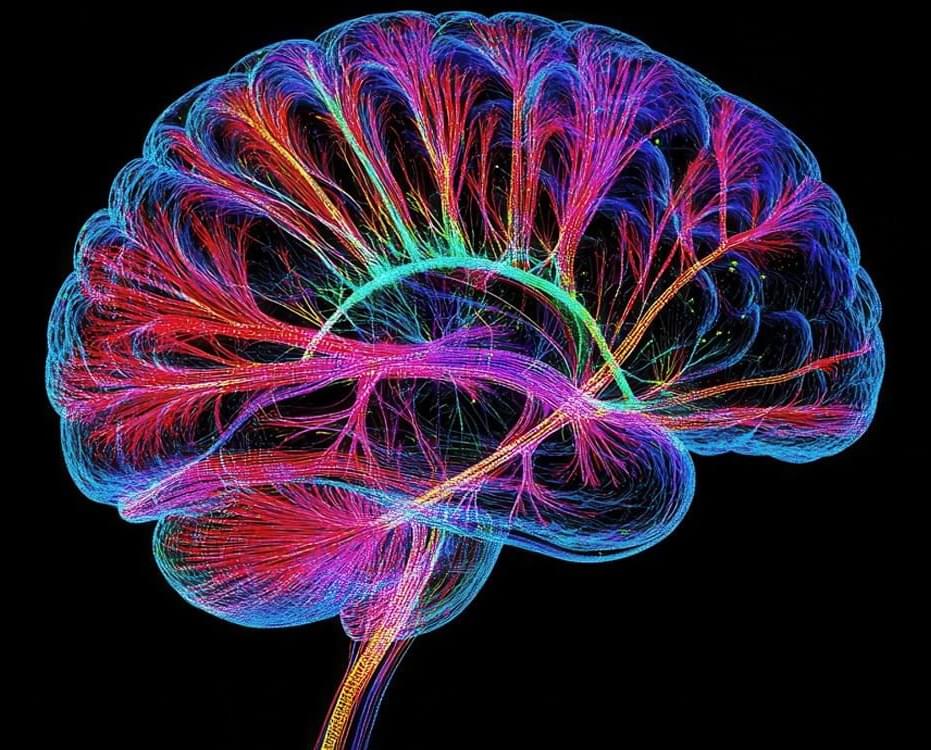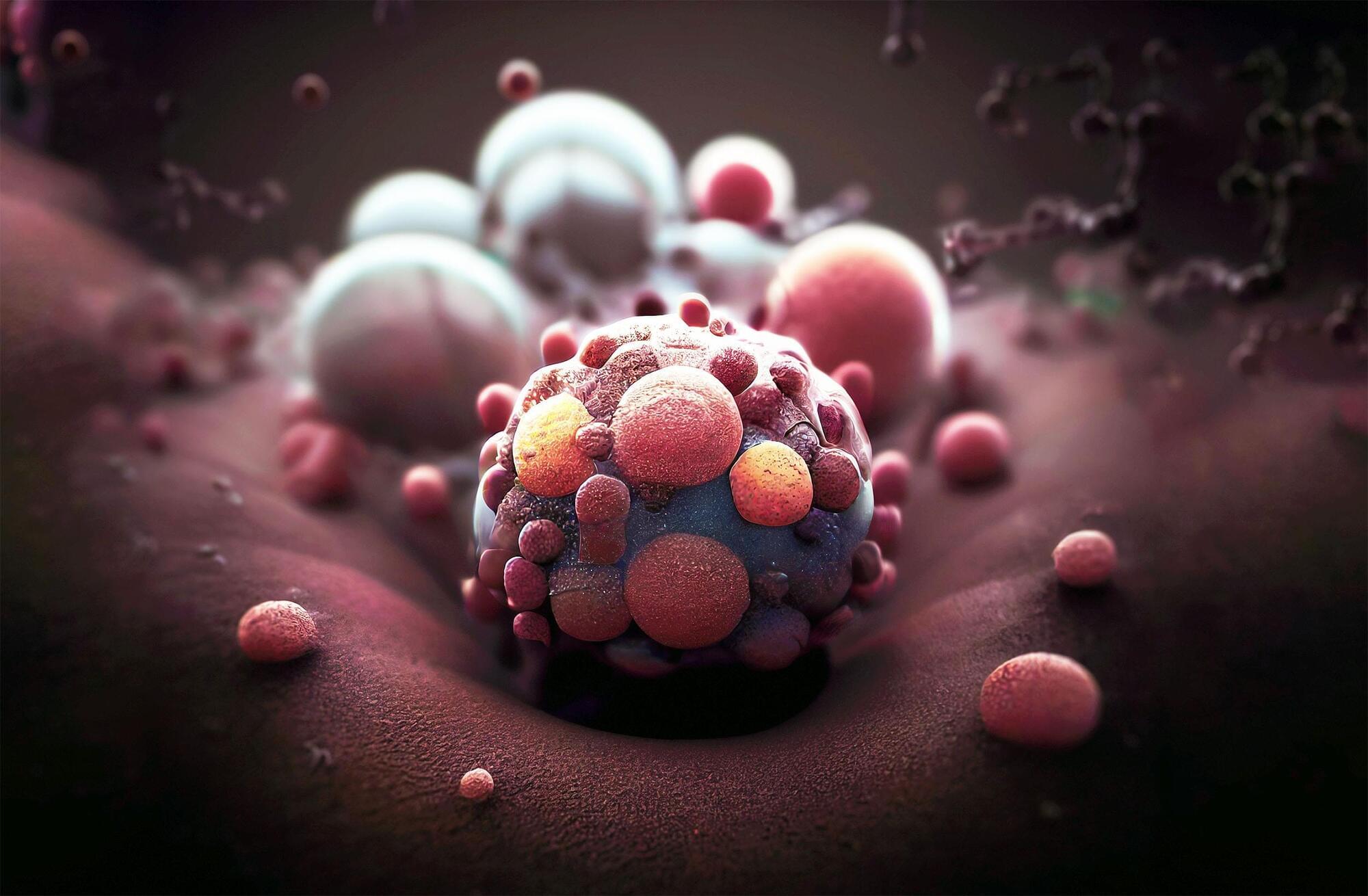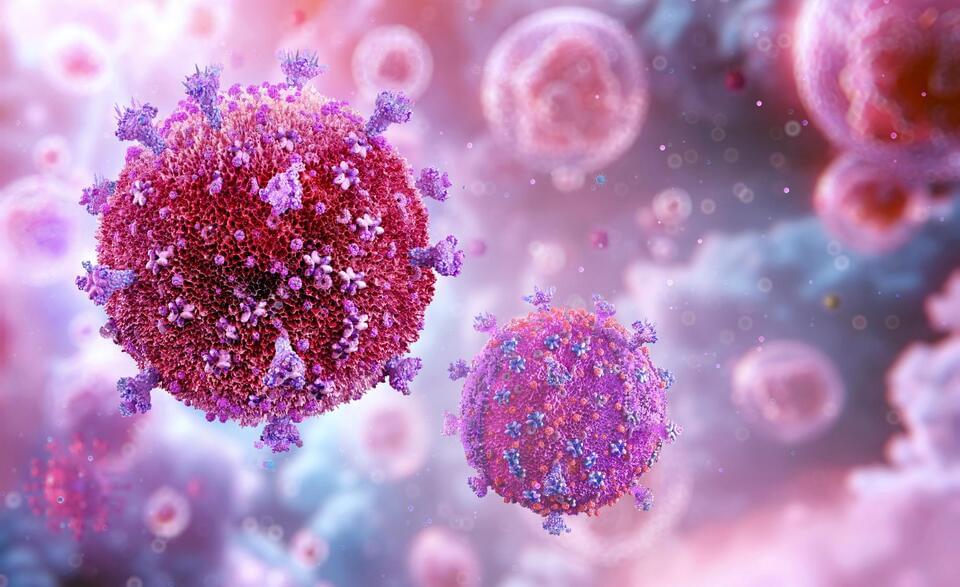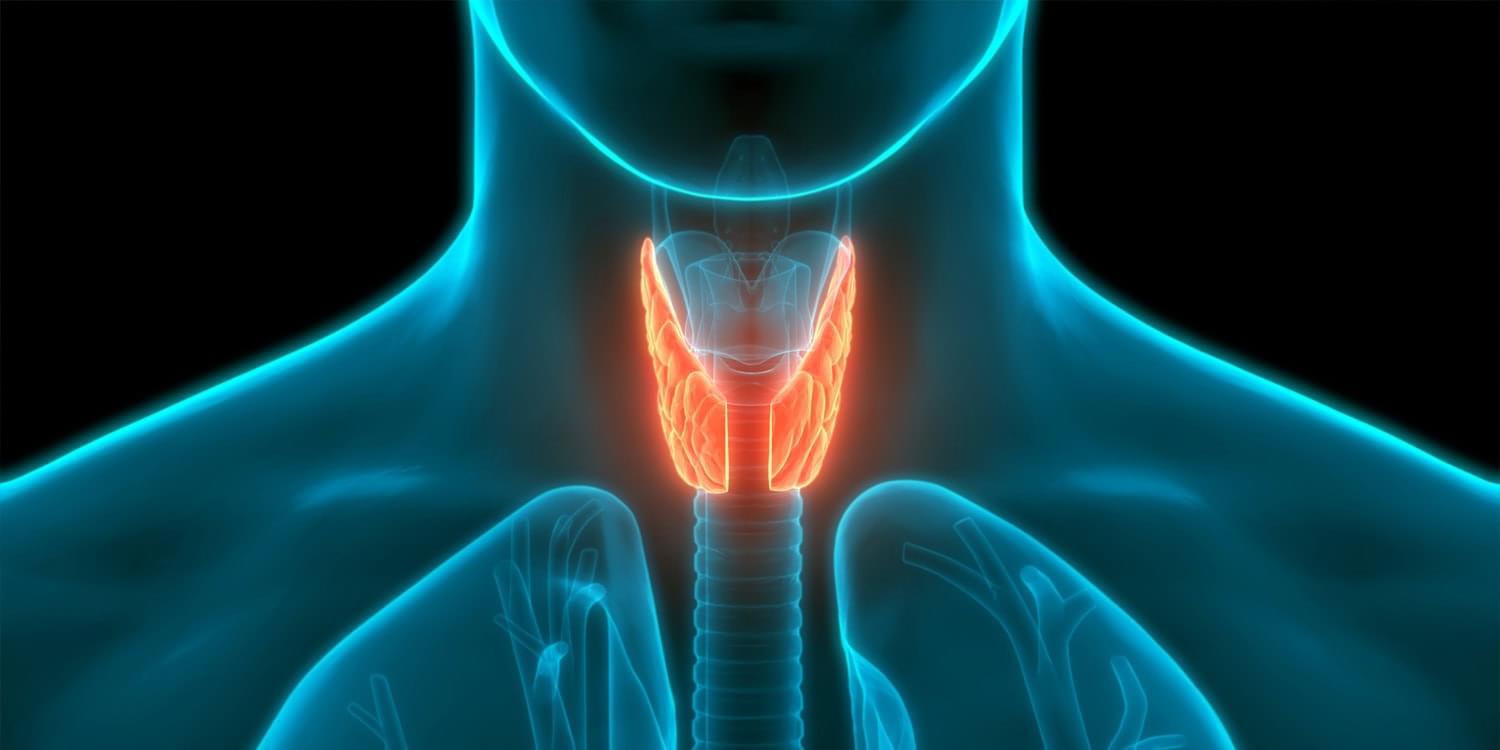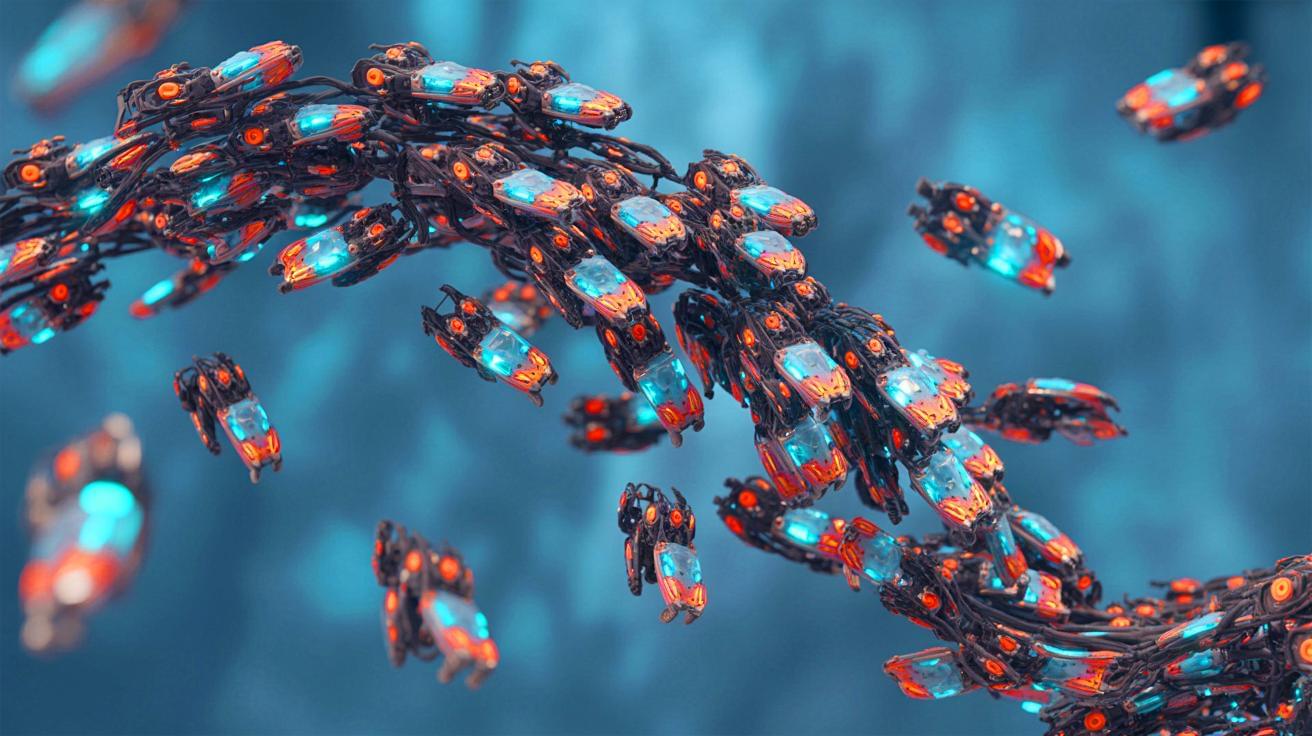A new study reveals that the brain’s default mode network is made up of distinct anatomical types that support both internal thoughts and external processing. This structural diversity helps explain the network’s role in everything from memory to imagination.
The discovery could reshape how we study psychedelic compounds in nature and medicine.
A quick overview of some of the most popular fictional architectural styles.
Which style did I miss? Let me know down below 👇
Please like and subscribe if you enjoyed this video. It helps a lot!
If you want to support me even more, consider becoming a member: https://www.youtube.com/channel/UCsaIQHXEMymxrg4tMUkwJ1g/join.
00:00 Cyberpunk.
00:37 Steampunk.
01:14 Dieselpunk.
01:46 Atompunk.
02:22 Solarpunk.
02:58 Biopunk.
03:33 Post-Apocalyptic Salvagecore.
04:07 Brutalist Dystopia.
04:40 Arcology.
05:16 Space-Opera Modernism.
05:52 Dark Fantasy.
06:25 Clockpunk.
06:58 Teslapunk.
07:29 Afrofuturist.
08:02 Subnautical Artifice
In this episode, host Hannah Fry is joined by Max Jaderberg and Rebecca Paul of Isomorphic Labs to explore the future of drug discovery in the age of AI. They discuss how new technology, particularly AlphaFold 3, is revolutionizing the field by predicting the structure of life’s molecules, paving the way for faster and more efficient drug discovery.
They dig into the immense complexities of designing new drugs: How do you find the right molecular key for the right biological lock? How can AI help scientists understand disease better and overcome challenges like drug toxicity? And what about the diseases that are currently considered “undruggable”? Finally, they explore the ultimate impact of this technology, from the future of personalized medicine to the ambitious goal of being able to eventually design treatments for all diseases.
Further reading:
AlphaFold 3: https://www.nature.com/articles/s41586-024-07487-w.
AlphaFold Server: https://alphafoldserver.com/
Isomorphic Labs: https://www.isomorphiclabs.com/
AlphaFold 3 code and weights: https://github.com/google-deepmind/alphafold3
Timecodes:
00:00 Intro.
02:11 AI & Disease.
05:30 AI in Biology.
06:51 Molecules and Proteins.
12:05 AlphaFold 3
14:40 Demo.
16:20 Human-AI collaboration.
24:30 Drug Design Challenges.
39:00 Beyond Animal Models.
44:35 AI Drug Future.
46:30 Outro.
Thanks to everyone who made this possible, including but not limited to:
Cambridge researchers use AI to discover effective breast cancer drug combinations from non-cancer medications successfully.
A cure for HIV could be a step closer after researchers found a new way to force the virus out of hiding inside human cells.
The virus’s ability to conceal itself inside certain white blood cells has been one of the main challenges for scientists looking for a cure. It means there is a reservoir of the HIV in the body, capable of reactivation, that neither the immune system nor drugs can tackle.
Now researchers from the Peter Doherty Institute for Infection and Immunity in Melbourne, have demonstrated a way to make the virus visible, paving the way to fully clear it from the body.
A new study published in Molecular Psychiatry suggests that the thyroid hormone system in the brain may be a powerful driver of how fear memories are formed. Thyroid hormone signaling in the amygdala—the part of the brain involved in processing emotions—was not only activated by fear learning, but also necessary for storing fear memories. Boosting thyroid hormone activity strengthened fear memories, while blocking it impaired them. These results may help uncover new treatment pathways for trauma-related disorders such as post-traumatic stress disorder (PTSD).
The amygdala is known to be essential for learning to associate danger with a particular stimulus—such as a tone paired with a shock in laboratory settings. This process, known as Pavlovian fear conditioning, has long been used in animal research to study the brain’s response to threat. Meanwhile, the thyroid hormone system has traditionally been associated with metabolism and early brain development. But it is increasingly being linked to mood, anxiety, and memory. Still, researchers have had limited understanding of how thyroid hormones influence the adult brain’s ability to store emotionally significant memories—especially in brain regions like the amygdala.
Thyroid hormones such as triiodothyronine (T3) interact with specific receptors in the brain called thyroid hormone receptors (TRs). These receptors act as transcriptional regulators: when they bind to T3, they turn on genes that help regulate brain plasticity—the brain’s ability to adapt based on experience. In their unbound state, these receptors suppress gene activity. This dual function makes them a promising target for exploring how hormones can shape emotional learning at the molecular level.
IN A NUTSHELL 🔬 Scientists have created a swarm of tiny robots that function as a dynamic, living material. 🧬 Inspired by embryonic development, these robots can change shape, self-heal, and adapt like smart materials. 💡 Equipped with light sensors and magnets, the robots coordinate their movements to transition between solid and liquid states. 🏗️
From claims of a golden age of productivity to workforce cuts, it’s been a whirlwind two years for software developers
